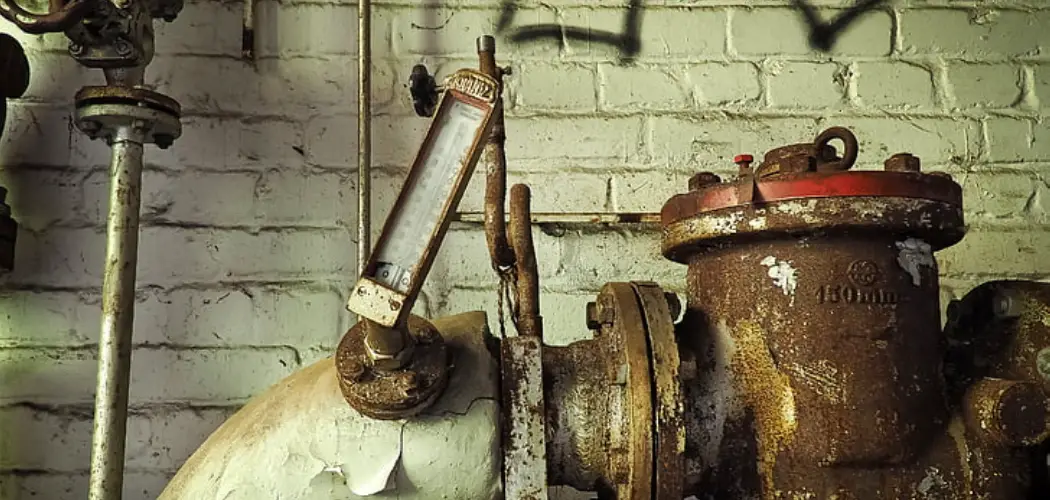Updating the plumbing in an old house is a crucial endeavor that goes beyond mere renovation—it’s a journey toward modernization and efficiency. As homeowners embark on the task of revitalizing the plumbing system in a historic residence, they are met with a unique set of challenges and opportunities.
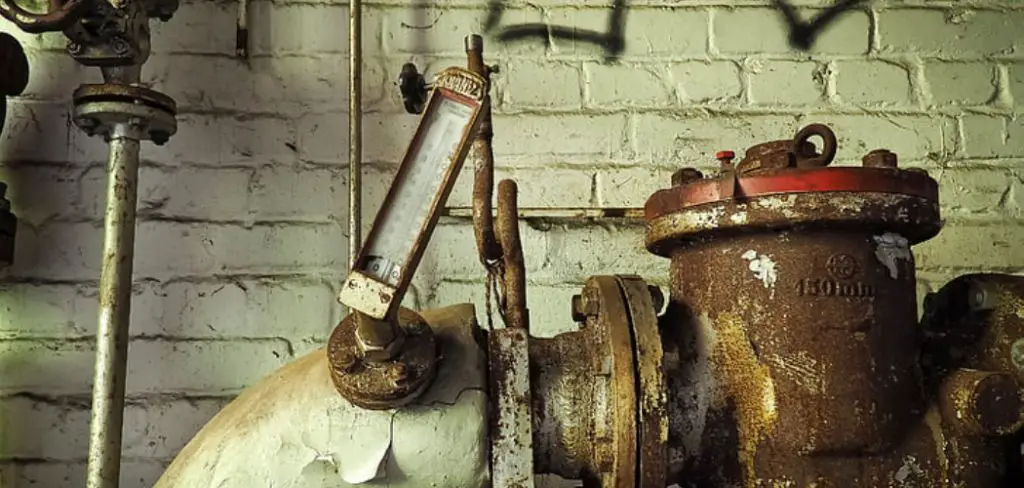
The aging infrastructure of older homes often comes with outdated materials, corroded pipes, and inefficient fixtures, demanding a thoughtful and strategic approach to ensure a seamless integration of contemporary plumbing solutions.
This article will explore how to update plumbing in an old house, from assessing the existing infrastructure and addressing potential issues to selecting innovative materials and fixtures that balance functionality with the preservation of the home’s historical charm. By navigating the intricacies of this process, homeowners can breathe new life into their vintage abode, enhancing not only its functionality but also its overall value and sustainability.
Importance of Updating Plumbing in Old Houses
Plumbing is an essential component of any house, providing a safe and sanitary way to transport water in and out of the home. However, for older houses, the plumbing system may not be up to modern standards. As time passes, plumbing can deteriorate due to wear and tear, leading to leaks, clogs, and other issues.
Updating plumbing in an old house is crucial for maintaining the overall health and safety of the home. Neglecting to update plumbing can lead to bigger problems down the line, such as water damage, mold growth, and even structural issues. It is also essential for preserving the value of an old house.
Here are some reasons why updating plumbing in an old house should be a top priority:
Outdated Materials:
Older houses were built using different materials than what is used today. For example, lead pipes were commonly used in houses built before the 1950s, which can pose a serious health risk due to potential lead contamination of the water supply.
Additionally, old pipes made from galvanized steel or iron are prone to corrosion and rust over time, leading to leaks and reduced water flow. By updating these outdated materials, you can ensure the safety of your home’s water supply and prevent potential health hazards.
Efficiency:
Older plumbing systems were not designed with efficiency in mind. Outdated fixtures and pipes can waste a significant amount of water, leading to higher utility bills. By updating to modern plumbing fixtures and materials, you can reduce water waste and save money in the long run.
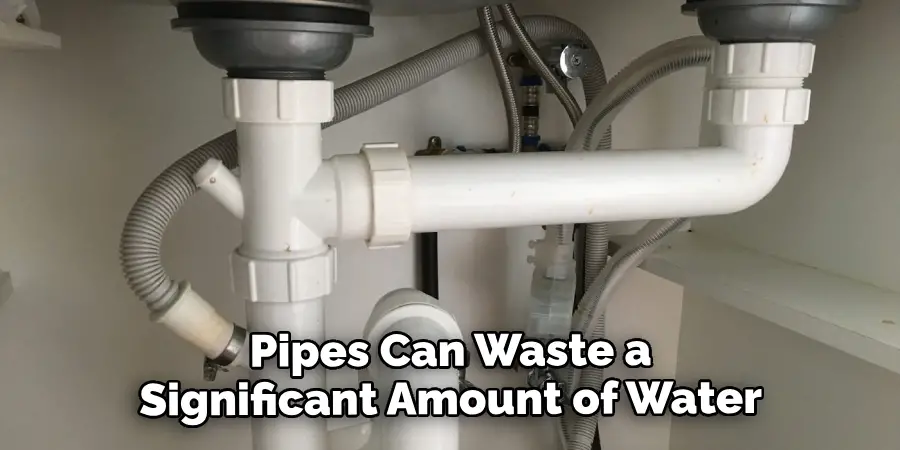
Water Pressure:
As pipes age, they can become clogged with mineral deposits, reducing water pressure throughout the house. This can be especially problematic for older houses that may have smaller pipes to begin with. By updating the plumbing system, you can ensure adequate water flow and pressure for all your daily needs.
10 Methods How to Update Plumbing in an Old House
1. Replace Outdated Fixtures
One of the most common methods of updating plumbing in an old house is to replace outdated fixtures. This includes replacing things like faucets, toilets, and showerheads with modern, energy-efficient models. Replacing outdated fixtures can not only improve the look of your bathroom or kitchen but can also help to reduce water usage and save money on your monthly utility bills.
2. Install a Water Softener
Another way to update plumbing in an old house is to install a water softener. A water softener helps to reduce the amount of calcium and magnesium present in hard water, which can cause buildup in pipes over time. Installing a water softener can help to extend the life of your plumbing system and prevent costly repairs down the line.
3. Add Insulation
Adding insulation around exposed pipes can help to reduce heat loss and conserve energy, which will ultimately save you money on your monthly energy bills. Additionally, insulating your pipes can help to protect them from freezing during cold weather months, preventing costly damage from burst pipes.
4. Upgrade Your Hot Water Heater
Upgrading your hot water heater is another great way to update plumbing in an old house. Older hot water heaters are often inefficient and waste energy by heating more water than necessary. Upgrading to a newer model can help you save money on your monthly utility bills while also providing you with a steady supply of hot water whenever you need it.
5. Replace Old Pipes
Replacing old pipes is another important step when updating plumbing in an old house as they may be corroded or leaking due to age or wear and tear over time. Replacing old pipes with new ones made out of materials such as copper or PVC will ensure that your home’s plumbing system remains efficient and reliable for years to come.
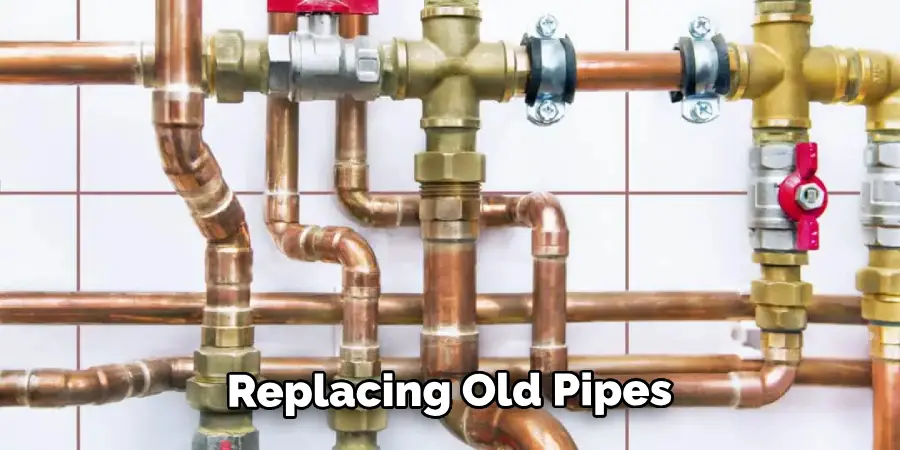
6. Install Low-Flow Toilets
Installing low-flow toilets is another great way to update the plumbing in an old house, as they use significantly less water than traditional toilets without sacrificing performance or comfort levels when flushing away waste material from the bowl below them. Low-flow toilets are becoming increasingly popular due to their environmental benefits as well as their ability to save homeowners money on their monthly water bills over time!
7. Install Tankless Water Heaters
Tankless water heaters are one of the best ways for homeowners looking for ways to update plumbing in an old house because they provide an endless supply of hot water without taking up any extra space than what’s needed for installation itself! Tankless systems are also more efficient than traditional storage tank models since they only heat up the amount of hot water that’s needed at any given moment rather than keeping large quantities heated all day long (which wastes energy).
8. Add Shutoff Valves
Adding shutoff valves throughout your home’s plumbing system is one of the most effective ways to update plumbing in an old house because it gives you more control over how much pressure each fixture receives from its own dedicated valve instead of having all fixtures connected together by just one main shutoff valve located somewhere else within the home’s piping network itself! Having these individual valves installed at various points throughout your home’s piping system it allows you greater control over where pressure needs to go when something goes wrong (such as if there’s ever a sudden burst pipe emergency) so that other areas don’t suffer unnecessarily along with it too!
9. Replace Old Drains
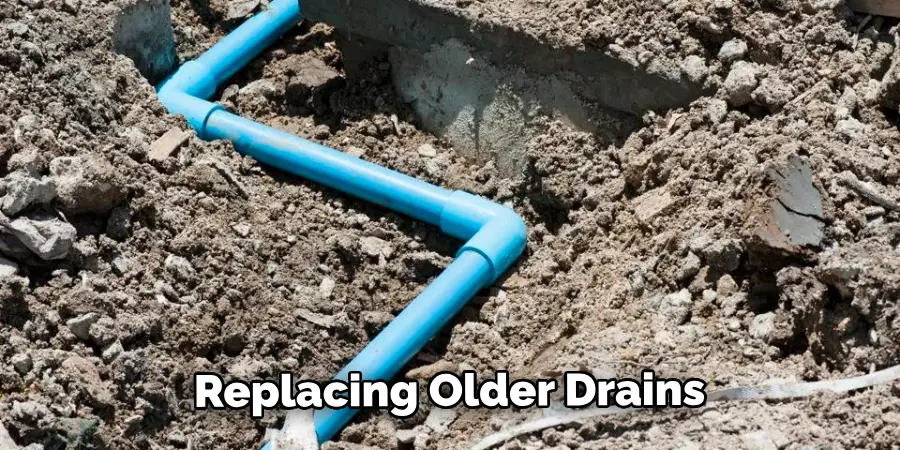
Replacing older drains with new ones made out of materials such as stainless steel or polyvinyl chloride (PVC) is another great way to update plumbing in an old house because these types tend to be much more durable than those made out previous decades ago, which were often prone developing cracks & leaks due their age/wear & tear over time! Replacing older drains with newer ones will ensure that everything runs smoothly without any unexpected surprises popping up down the line either – making it worth every penny spent doing so too!
10. Install Energy Efficient Appliances
Installing energy-efficient appliances such as low-flow showerheads, faucets & toilets will not only help conserve resources but also lower costs associated with running them too since they require less electricity/water to run properly compared to older models! This makes them ideal options for those looking to add some modern touches to their homes while still saving money each month doing so at the same time – making them perfect additions for anyone wanting to give their homes a little facelift without breaking the bank doing so either!
Things to Consider When Updating Plumbing in an Old House
When it comes to updating plumbing in an old house, there are a few important things to keep in mind. These include the age and condition of your current plumbing system, the materials used in your home’s construction, and any potential complications that may arise during the renovation process.
Firstly, it’s crucial to assess the age and condition of your existing plumbing system before beginning any updates. This will help determine the level of work needed and give you an idea of potential costs. Older homes may have outdated or deteriorating pipes, which can lead to leaks, clogs, and other issues. It’s important to address these problems early on to avoid further damage.
Additionally, it’s essential to consider the materials used in your home’s construction. For example, if your house was built before the 1960s, it may have galvanized steel pipes that are susceptible to corrosion and should be replaced. If your home has lead pipes, it’s highly recommended to upgrade them due to potential health hazards.
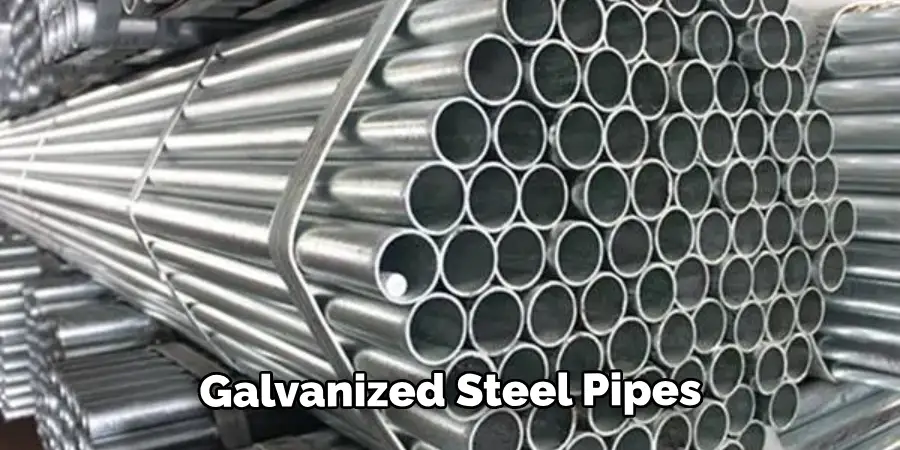
Conclusion
In conclusion, updating plumbing in an old house is not an easy job but it can be done with the right knowledge and tools. It’s important to understand what kind of changes need to be made and to get help from professional plumbers when necessary. Don’t forget that it’s a job that needs precision and care, so take your time to insure everything is done correctly.
For those who want more information on how to update plumbing in an old house, we suggest taking a look at the resources provided by our website or speaking with a local plumber for more precise advice. With this knowledge in mind, you should feel equipped with the confidence to tackle the challenge of repairing your home’s plumbing yourself. Good luck!

